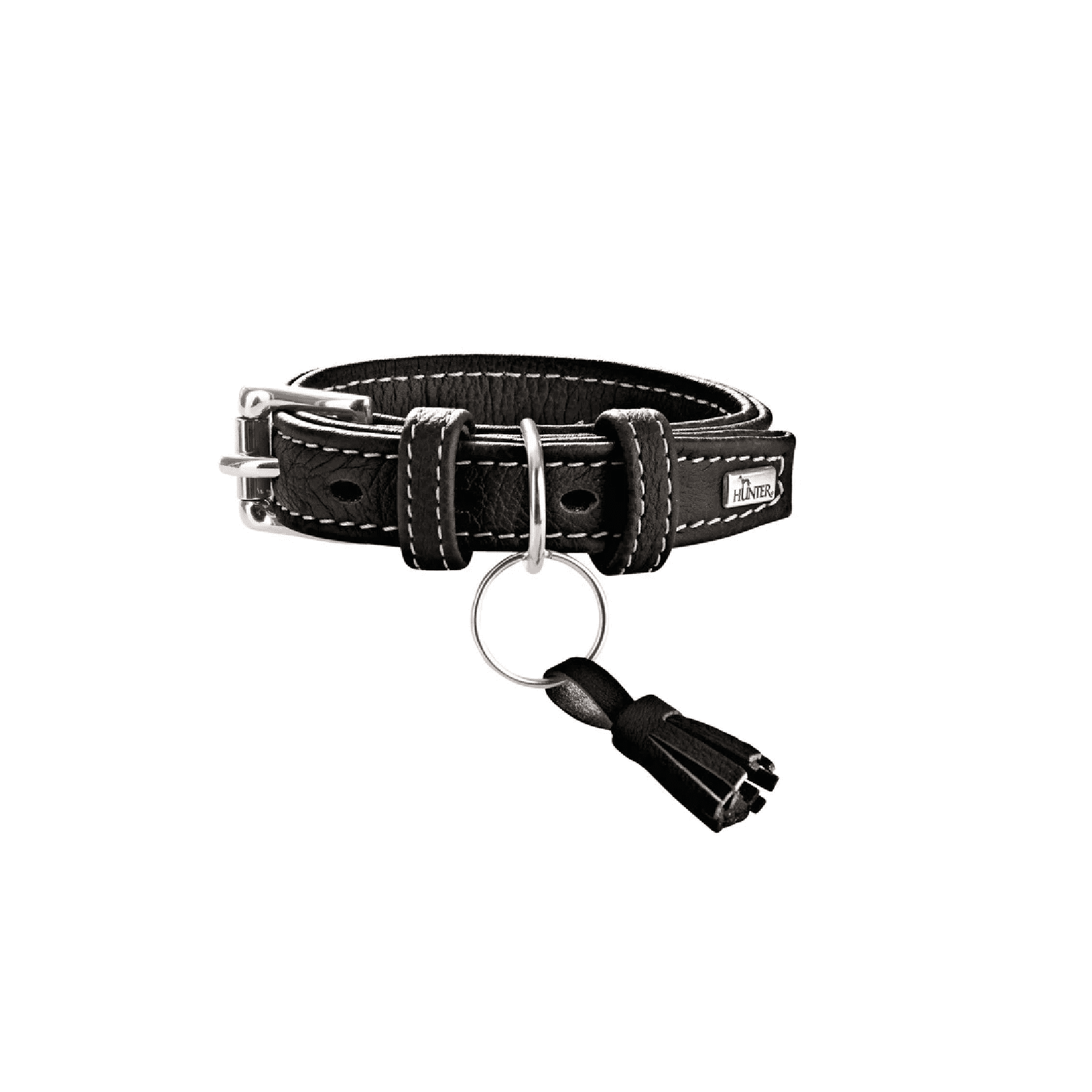Creating Clear And Concise Briefs: A Practical Guide

Table of Contents
Understanding the Purpose of a Brief
What is a project brief, and why is it so essential? A project brief is a concise document that outlines the goals, objectives, and deliverables of a project. It serves as a central point of reference for all stakeholders, ensuring everyone is aligned on the project's scope and expectations. A well-written brief minimizes ambiguity, prevents costly mistakes, and sets the stage for successful project execution.
Defining the scope and objectives of a project brief is paramount. This includes clearly stating the problem the project aims to solve, the desired outcomes, and the key metrics that will be used to measure success. Understanding the difference between various brief types is also important.
- Client Briefs: These briefs are created for external clients and detail the project's scope, deliverables, timelines, and budget from the client's perspective.
- Internal Briefs: These briefs are for internal teams and outline project goals, tasks, responsibilities, and deadlines.
- Creative Briefs: These briefs, often used in marketing and advertising, focus on the creative aspects of a project, including target audience, messaging, and desired brand impact.
Key elements of a strong project brief include:
- Clearly defined goals and objectives.
- Target audience identification and analysis.
- Key performance indicators (KPIs) for measuring success.
- Realistic timelines and deadlines.
- Budget considerations and allocation.
Key Elements of a Concise and Effective Brief
Brevity and clarity are paramount in project briefs. A lengthy, rambling brief is more likely to be ignored than read thoroughly. Structure your brief logically for easy understanding. Use headings, subheadings, bullet points, and numbered lists to break up text and highlight key information. Visuals, such as charts, graphs, and mockups, can significantly enhance understanding and engagement.
Essential components of a concise and effective brief:
- A compelling introduction: Briefly outline the project's purpose and its importance.
- Clear and concise descriptions: Define tasks and deliverables with precision, avoiding ambiguity.
- Specific instructions and guidelines: Provide clear direction to avoid misinterpretations.
- Defined roles and responsibilities: Clearly outline who is responsible for what.
- A clear call to action: State what the recipient needs to do next.
Templates and Best Practices for Writing Clear Briefs
Using a standardized brief template ensures consistency and efficiency. Many free and paid templates are available online. Adopting best practices for writing ensures clarity and actionability.
Best practices for writing clear, concise, and actionable briefs:
- Use active voice and strong verbs: Active voice makes your writing more direct and engaging.
- Keep sentences short and to the point: Avoid long, convoluted sentences.
- Use headings and subheadings: Break up large chunks of text for improved readability.
- Proofread carefully: Errors undermine credibility and professionalism.
- Gather feedback: Get input from stakeholders before finalizing the brief. This collaborative approach ensures that everyone is on board and understands the project's goals. Reviewing the brief with different team members can help identify areas of confusion or missing information.
Tools and Resources for Creating Professional Briefs
Leveraging project management software and design tools can significantly streamline the brief creation process. These tools facilitate collaboration, version control, and the creation of visually appealing briefs.
Tools to consider:
- Project Management Software: Asana, Trello, Monday.com, Jira – these tools help manage tasks, track progress, and facilitate team communication.
- Visual Creation Tools: Canva, Adobe InDesign, Lucidchart – these tools enable the creation of visually appealing briefs with charts, graphs, and mockups.
- Collaboration Platforms: Google Docs, Microsoft Word, Slack – these platforms facilitate collaborative editing and feedback.
Conclusion
Creating clear and concise briefs is essential for effective project management and achieving desired outcomes. By following the guidelines and best practices outlined above, you can ensure that all stakeholders are aligned and that projects are executed efficiently and successfully. Remember to prioritize clarity, brevity, and actionable instructions.
Call to Action: Start crafting more effective concise briefs today and experience the positive impact on your project success. Download our free brief template (link to template here) to get started! Learn how to write clear briefs and streamline your workflow.

Featured Posts
-
 Last Minute Crawley Innings Denies Gloucestershire County Win
May 23, 2025
Last Minute Crawley Innings Denies Gloucestershire County Win
May 23, 2025 -
 The Ultimate Guide To Briefs Types Uses And Best Practices
May 23, 2025
The Ultimate Guide To Briefs Types Uses And Best Practices
May 23, 2025 -
 Every Pete Townshend Solo Album Ranked A Critical Review
May 23, 2025
Every Pete Townshend Solo Album Ranked A Critical Review
May 23, 2025 -
 The Making Of Cobra Kai A Look At Hurwitzs Original Pitch
May 23, 2025
The Making Of Cobra Kai A Look At Hurwitzs Original Pitch
May 23, 2025 -
 Pure Auteur Fuel How The Cannes Black Market Operates
May 23, 2025
Pure Auteur Fuel How The Cannes Black Market Operates
May 23, 2025
Latest Posts
-
 Bishop Englands Dance Legacy Continues Two Graduates Join Louisville For 2025 Ncaa Tournament
May 23, 2025
Bishop Englands Dance Legacy Continues Two Graduates Join Louisville For 2025 Ncaa Tournament
May 23, 2025 -
 Urgent Livestock Evacuation In Switzerland Landslide Danger Prompts Helicopter And Ground Response
May 23, 2025
Urgent Livestock Evacuation In Switzerland Landslide Danger Prompts Helicopter And Ground Response
May 23, 2025 -
 Louisvilles 2025 Ncaa Tournament Roster Features Two Bishop England Graduates
May 23, 2025
Louisvilles 2025 Ncaa Tournament Roster Features Two Bishop England Graduates
May 23, 2025 -
 F1 2024 Wolff Positive After Impressive Opening Races
May 23, 2025
F1 2024 Wolff Positive After Impressive Opening Races
May 23, 2025 -
 Alpine Village Livestock Evacuation Helicopter And Ground Rescue Amidst Landslide Risk
May 23, 2025
Alpine Village Livestock Evacuation Helicopter And Ground Rescue Amidst Landslide Risk
May 23, 2025
